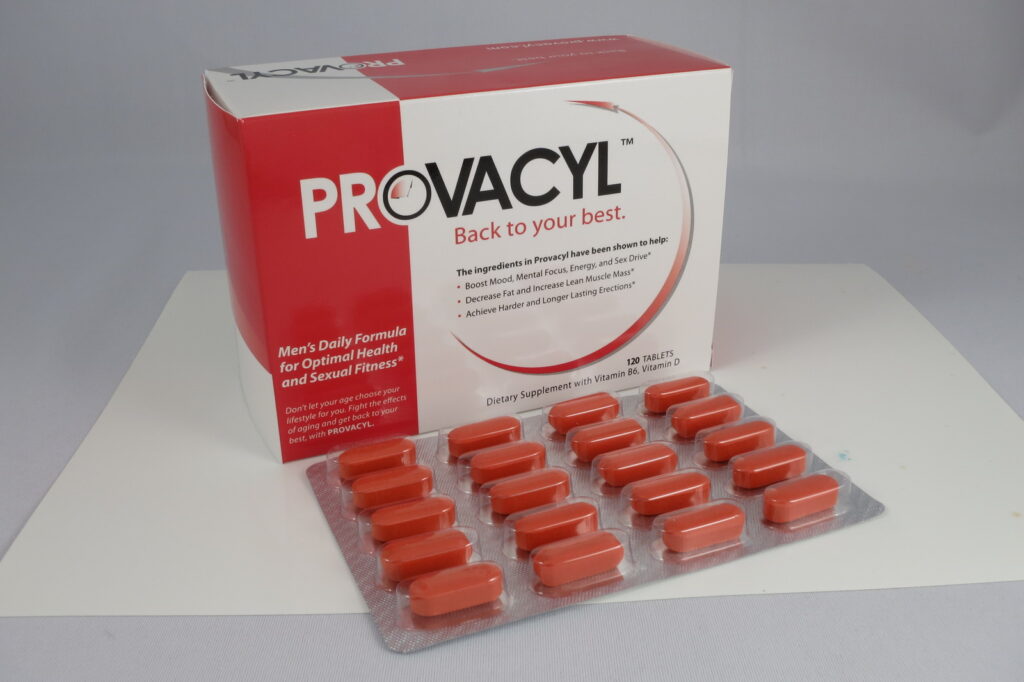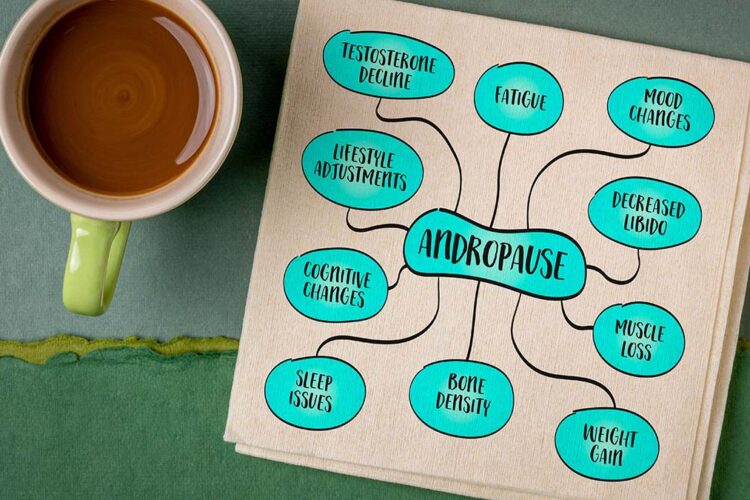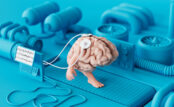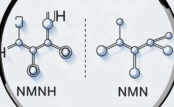While menopause in women has been widely recognized and studied for decades, its male counterpart—andropause—has only recently gained attention from the medical community. Also referred to as male menopause, late-onset hypogonadism, or age-related testosterone deficiency, andropause describes the gradual decline in testosterone and other hormones that men experience as they age. Unlike the relatively rapid hormonal changes women experience during menopause, andropause typically develops gradually over many years, making it less obvious but nonetheless impactful on men’s health and quality of life.
What is Andropause?
Andropause refers to the natural, age-related decline in testosterone and other hormone levels in men, typically beginning in their 40s or 50s, though hormonal decreases can start as early as the mid-20s. Research indicates that after age 30, men experience approximately a 1-2% decrease in testosterone production annually (Feldman et al., 2002). By age 60, about 20% of men have testosterone levels below the normal range (Harman et al., 2001).
Unlike female menopause, which marks the end of reproductive capability, andropause doesn’t involve a complete cessation of reproductive function. Men can remain fertile well into their later years, though with decreased sperm production and quality.
Symptoms of Andropause
The symptoms of andropause vary widely among individuals but commonly include:
- Reduced sexual desire and erectile function
- Decreased energy and increased fatigue
- Loss of muscle mass and strength
- Increased body fat, particularly around the abdomen
- Reduced bone density, potentially leading to osteoporosis
- Changes in mood, including irritability and depression
- Cognitive changes, including memory issues
- Sleep disturbances
- Reduced motivation and self-confidence
A study published in the New England Journal of Medicine identified sexual symptoms, including decreased libido and erectile dysfunction, as the most reliable indicators of low testosterone in aging men (Wu et al., 2010).
Diagnosis
Diagnosing andropause involves both clinical assessment and laboratory testing. Physicians typically evaluate symptoms through standardized questionnaires such as the Aging Males’ Symptoms (AMS) scale or the Androgen Deficiency in Aging Males (ADAM) questionnaire (Morley et al., 2000).
Laboratory testing focuses primarily on measuring total testosterone levels, with normal levels typically ranging from 300 to 1,000 ng/dL. However, comprehensive evaluation may include measuring free testosterone (the biologically active form), sex hormone-binding globulin (SHBG), luteinizing hormone (LH), and follicle-stimulating hormone (FSH), as well as assessing for other conditions that might cause similar symptoms (Bhasin et al., 2018).
Treatment Options
Treatment approaches for andropause typically depend on symptom severity and testosterone levels. They include:
Lifestyle Modifications
Research suggests that certain lifestyle changes can help mitigate andropause symptoms and potentially boost testosterone levels:
- Regular physical exercise, particularly strength training
- Maintaining a healthy weight
- Adequate sleep (7-8 hours nightly)
- Balanced nutrition with sufficient protein
- Stress management techniques
- Moderation in alcohol consumption
- Avoiding tobacco use
A meta-analysis published in the Journal of Clinical Endocrinology & Metabolism found that weight loss can increase testosterone levels in overweight men (Corona et al., 2013).
Testosterone Replacement Therapy (TRT)
For men with significantly low testosterone levels and problematic symptoms, testosterone replacement therapy may be recommended. TRT comes in several forms:
- Injections (intramuscular)
- Transdermal patches or gels
- Buccal applications (applied to the gums)
- Subcutaneous pellets
While TRT can effectively alleviate symptoms, it carries potential risks, including:
- Increased risk of cardiovascular events
- Polycythemia (excessive red blood cell production)
- Sleep apnea
- Acne or skin reactions
- Testicular shrinkage
- Reduced sperm production
- Breast enlargement
Guidelines from the American Urological Association recommend TRT only for men with total testosterone levels below 300 ng/dL and clinical symptoms, with careful monitoring during treatment (Mulhall et al., 2018).
Nutritional Supplements
Some men opt for nutritional supplements aimed at naturally supporting hormonal balance. These supplements often contain ingredients such as:
- Zinc
- Vitamin D
- Magnesium
- DHEA (dehydroepiandrosterone)
- Fenugreek
- Ashwagandha
- D-aspartic acid
Research on these supplements varies, with some showing modest benefits in small studies. For example, a randomized controlled trial found that vitamin D supplementation increased testosterone levels in vitamin D-deficient men (Pilz et al., 2011).
Managing Andropause: A Holistic Approach
Experts increasingly advocate for a holistic approach to managing andropause that combines:
- Regular medical check-ups and hormone level monitoring
- Healthy lifestyle practices
- Appropriate medical interventions when necessary
- Psychological support
- Relationship counseling when needed
This comprehensive approach recognizes that andropause affects not just physical health but emotional well-being and interpersonal relationships as well.

Provacyl: A Natural Approach to Age-Related Hormone Support
Among the natural supplements aimed at addressing andropause symptoms, Provacyl has gained attention for its comprehensive formulation targeting both testosterone and human growth hormone (HGH) levels. While prescription hormone replacement therapies focus on direct hormone supplementation, Provacyl takes a different approach by providing nutritional support that may help the body optimize its own hormone production.
Provacyl’s anti-aging properties extend beyond sexual health, addressing multiple aspects of the aging process. The formulation contains ingredients that research suggests may support cognitive function, including memory and mental clarity, which often decline with age. Components like ginkgo biloba, panax ginseng, and acai berry provide antioxidants that combat oxidative stress—a significant factor in cellular aging.
The supplement also targets metabolic health through ingredients that may support energy production and fat metabolism. This comprehensive approach recognizes that healthy aging involves maintaining not just hormone levels but overall cellular and metabolic function. For men experiencing the multi-faceted effects of andropause, such a holistic formulation offers potential benefits beyond single-target approaches.
While individual results vary, some users report improvements in energy levels, mood stability, and overall vitality—factors that contribute significantly to quality of life as men age. As with any supplement approach, it’s advisable to combine Provacyl with the lifestyle modifications mentioned earlier for potentially optimal results, and to consult with healthcare providers, particularly for men with existing medical conditions.
References
Bhasin, S., et al. (2018). Testosterone Therapy in Men With Hypogonadism: An Endocrine Society Clinical Practice Guideline. Journal of Clinical Endocrinology & Metabolism, 103(5), 1715-1744.
Corona, G., et al. (2013). Body weight loss reverts obesity-associated hypogonadotropic hypogonadism: a systematic review and meta-analysis. European Journal of Endocrinology, 168(6), 829-843.
Feldman, H.A., et al. (2002). Age trends in the level of serum testosterone and other hormones in middle-aged men: longitudinal results from the Massachusetts male aging study. Journal of Clinical Endocrinology & Metabolism, 87(2), 589-598.
Harman, S.M., et al. (2001). Longitudinal effects of aging on serum total and free testosterone levels in healthy men. Journal of Clinical Endocrinology & Metabolism, 86(2), 724-731.
Morley, J.E., et al. (2000). Validation of a screening questionnaire for androgen deficiency in aging males. Metabolism, 49(9), 1239-1242.
Mulhall, J.P., et al. (2018). Evaluation and Management of Testosterone Deficiency: AUA Guideline. Journal of Urology, 200(2), 423-432.
Pilz, S., et al. (2011). Effect of vitamin D supplementation on testosterone levels in men. Hormone and Metabolic Research, 43(3), 223-225.
Wu, F.C., et al. (2010). Identification of late-onset hypogonadism in middle-aged and elderly men. New England Journal of Medicine, 363(2), 123-135.




